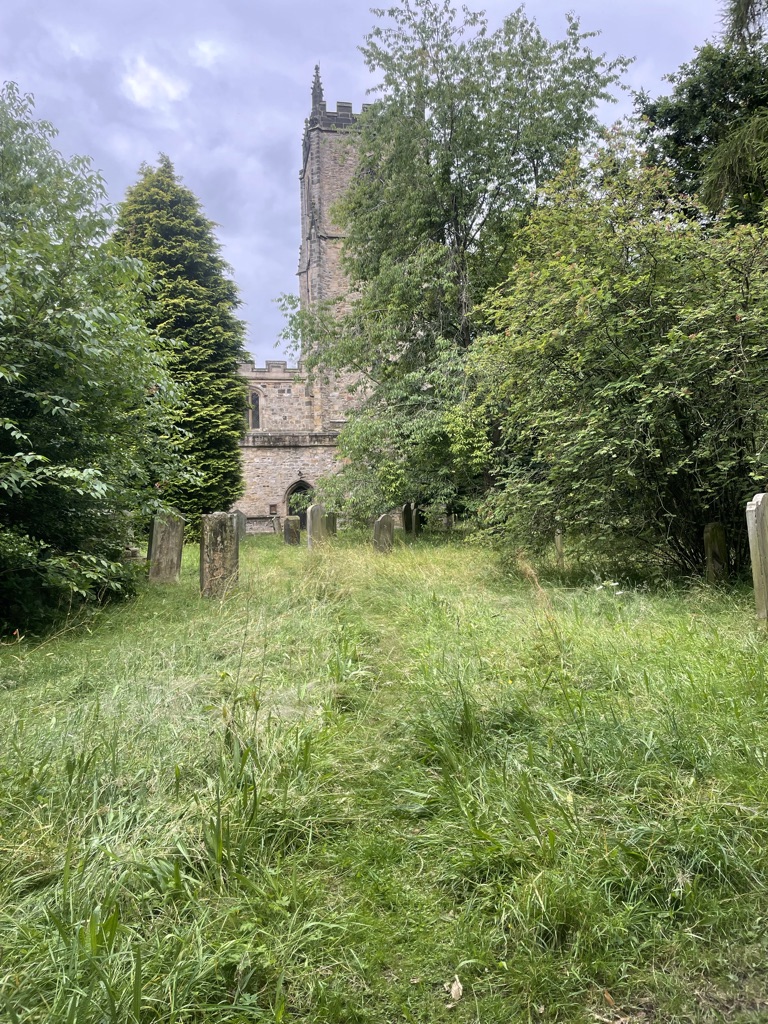I have just returned from Durham, UK, where I participated in two academic conferences.
At the Social History Society Conference, I discussed theatre fans in the 19th century within the context of emotions and affects (Theatre Fan History and the Power of Affects: Exploring Nineteenth-Century Theatre Fan Groups as Emotional Communities). I addressed the affective economy of theatre, the emotional styles of fans (and how they diverged from the newly constituted “norm”), and fan groups as emotional communities. I also had the pleasure of chairing the panel Performing Whiteness, which corresponded with my new project on Polish colonial histories. One presentation in this panel that caught my attention was about the spatial performance of whiteness in 19th-century colonial Jamaica (Liz Egan, University of Warwick, Wages of Whiteness: Labour, Leisure, and the Place of Race in New Jamaica, c. 1865–1938).
The SHS is an intimate and distinctly British organization, with very few researchers from outside the UK. However, its approach to history (specifically social history, as opposed to a focus on great names and grand battles) resonates strongly with my own methodologies.
From SHS, I moved on to the conference inaugurating the formation of the new organization IN-CSA: the International Nineteenth-Century Studies Association, which promotes international and intertemporal research. In his opening speech, IN-CSA President Bennett Zon strongly emphasized the intertemporal aspect as a new and distinctive approach of the association.
At this conference, I presented on the Polish-Haitian encounter during the Haitian Revolution and early nineteenth-century scripts of blackness in Polish society (Vampires in Saint-Domingue: Early-Nineteenth Century Scripts of Blackness in Polish Society). I focused on the specific script that Naomie Ndiaye calls the “exclusionary script of blackness” and analyzed the character of an Afro-Haitian revolutionary in an 1830 Polish melodrama, Zora, depicted as a buveur de sang, a bloodthirsty brute. The most intriguing aspect for my audience was the intersection of Gothicism and colonialism, which I intend to explore further.
At the IN-CSA Conference, I also participated in the Past Present panel, where I was captivated by two papers: Morgan J. Brittain’s George Catlin, #NoDAPL, and Ecocritical Art History from the ‘Hinterlands’, and Li-hsin Hsu’s Sericultural Imagination in Mid-Nineteenth Century America, Utopia, and the Anthropocene. The first of these addressed topics relevant to my new research on Polish–indigenous relations, such as indigenous art and activism in the US, while the second fascinatingly combined the analysis of poetry with reflections on the social realities of work and the specifics of silkworm cultivation in the mid-19th century.
A major highlight at IN-CSA were the keynotes by Gus Casely-Hayford (V&A East, SOAS), Ghosts of the Atlantic: Return of Asante Gold and the Recovery of Broken Narrative, and Pratik Chakrabarti (University of Houston), The Naked Pharaohs: Decolonizing the Nineteenth Century. Despite their different formats—Casely-Hayford’s lecture being a personal, mesmerizing, almost poetic reflection, and Chakrabarty’s featuring a relaxed style focused on engaging the audience—both addressed similar themes. Both speakers reflected on the decolonization of museum institutions and collections, as well as the repatriation of looted material goods (such as Asante gold, understood mostly as a reservoir of cultural memory) and human remains (especially mummies), transformed from cultural artifacts to biological objects subjected to dissection. It was a privilege to listen to these lectures, they were absolutely fascinating.
I also took great interest in the plenary A Blast from the Past: Novel Approaches to Understanding Intertemporalities from Violent Histories and Imagined Futures (during which no other concurrent sessions took place), where Iain Overton (Executive Director, Action on Armed Violence) and Ryan Linkoff (Curator, Lucas Museum) discussed their research and experiences. The plenary was moderated by Jennifer Tucker (Wesleyan University).
While I can only admire the excellent quality of the plenary and keynote presentations (and I want to emphasize this strongly), I do wonder why an organization that positions itself as “international” only invited scholars affiliated with Anglo-Saxon institutions to the main stage. Moreover, why only male researchers?
Despite these reservations, and it is worth noting that this was the organization’s debut, I am eagerly anticipating the next IN-CSA conference, which is supposedly to be held in Washington, D.C. I hope that this time the main stage will also be open to researchers working outside of Anglo-Saxon academia—who were certainly not lacking at this thought-provoking and vibrant event!

By the way, I also had the chance to visit a student pub to watch the semifinals and see England defeat the Netherlands, eat delicious English scones with jam and cream, stroll along the absolutely incredible Riverwalk, attend Evensong at the 12th-century Durham Cathedral, and find peace in the soothing Botanical Garden, and so on and so forth…
Leave a Reply